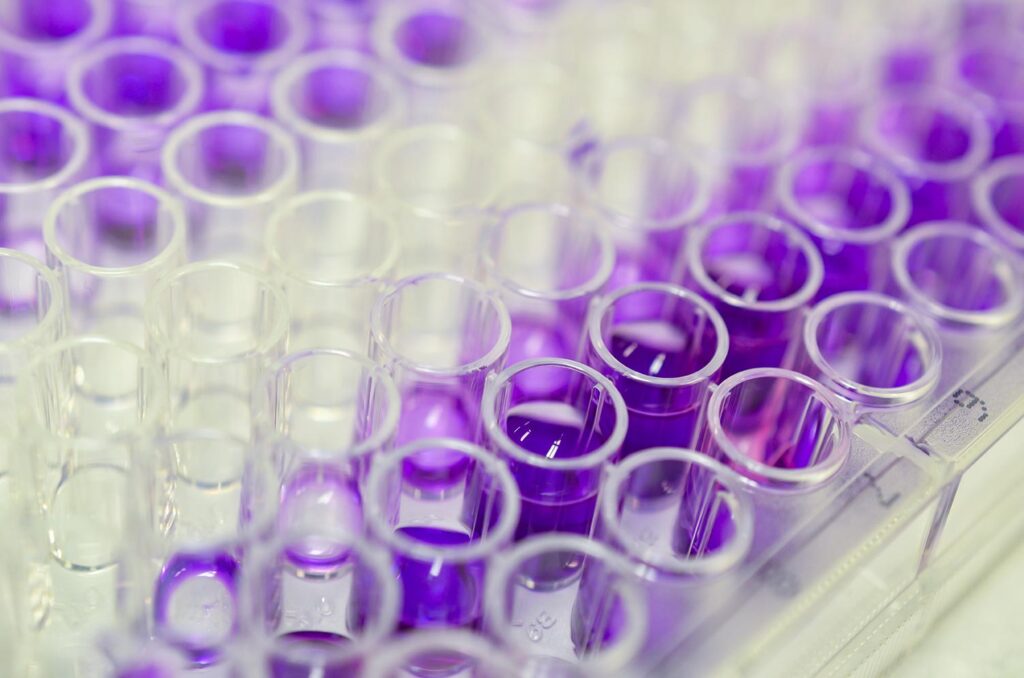There are two key things to know about the new Applied Biosystems™ SwiftArrayStudio™ Microarray Analyzer from Thermo Fisher Scientific, said Ravi Gupta, vice president and general manager of Thermo Fisher’s microarray business, in an interview with GEN. It is designed to be faster, more efficient, and cost-effective than existing tools, while addressing current research and anticipating future applications. Robert Balog, PhD, senior director of research and development at Thermo, echoed those points. Although this first version of the analyzer focuses on genotyping and copy number variation, there are developments in the roadmap that will “lead us to other biomarker types and other variant types,” he told GEN.
The conversation took place during this year’s meeting of the American Society of Human Genetics in Boston, MA, where Thermo officially launched the device. The company says that the system integrates four key genotyping processes, allowing researchers to conduct large-scale genome-wide association studies and make discoveries in pharmacogenomics.

The launch reflects broader efforts from Thermo to modernize microarray technology. Microarrays remain a well established laboratory staple, but even mature technologies can benefit from upgrades, Gupta noted. “Customers continue to look for new ways to do things better,” he said. “They want to make sure that the quality is definitely high and is maintained” while managing cost concerns and doing more with fewer resources. With the launch of SwiftArrayStudio, “a lot of my conversations have been around how [the platform] helps our customers to achieve their goals,” he said.
Some customers’ needs go beyond efficiency and reliability, Balog pointed out. “They are asking, ‘how can I do the things that I have to do every day better? How can I use my staff’s time better? How can I use the equipment I have in the most efficient way?” And that’s one area where the SwiftArrayStudio shines, he said. “It’s getting those clinical and research customers the ability to do things that they haven’t been able to do before with this technology.”
Another benefit of the solution is the time savings. Thermo claims that SwiftArrayStudio delivers analysis results in as little as 30 hours and reduces hands-on-time by up to 40 percent compared to previous workflows. These gains are the result of automating several steps as well as tweaks to speed up data processing, Balog said.
Because “we developed [the] solution from the ground up, we were able to [identify] where we could make the technical trades, whether it was in the assay, the hardware, and how quickly we scanned the bioinformatics and how we did the analysis,” he explained. Users can run 96- or 384-well plates depending on their workflow requirements. “We are able to handle that scalability through software and the automation that goes in,” Balog said. “It’s a huge advancement” for research customers that “enables a lot of savings for a lab,” Gupta added.
Sustainability is a growing priority for developers of technologies used in the life sciences, and microarrays are no exception. In fact, it was a central consideration for the SwiftArrayStudio’s development, Balog said. Some specific steps that the team took allowed them to reduce plastic use by about 20 percent and introduce more environmentally friendly reagent formulations. Another change was replacing the traditional mercury lamp with an LED light source which yields both environmental and technological benefits, he added. It alleviates disposal considerations while providing a more stable light source that does not degrade over time.
Pricing for the SwiftArrayStudio is determined on a case-by-case basis. The system is part of Thermo’s broader portfolio, which includes qPCR, capillary electrophoresis, mass spectrometry, and next-generation sequencing technologies. “We believe in having the right tool for the job. If you are doing a GWAS study, microarrays are really well placed for that. But if you want to look for a smaller number of markers, you probably want to go with PCR,” Gupta said. Within that landscape, microarrays occupy a distinct space, he continued, offering a scalable and cost-efficient platform for GWAS and pharmacogenomic profiling with future applications in methylation and other omics areas on the roadmap.
Following an early access program, Thermo is accepting orders for the SwiftArrayStudio. Installation takes less than two weeks for brand new customers. The company also provides training to help users run their system. “There [are] a few other things that we really offer that [are] unique. One, we can create custom arrays for customers,” Balog said. To help with that, “we’ve been able to implement some new AI models … that gets the customer up and running much faster.”




